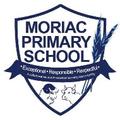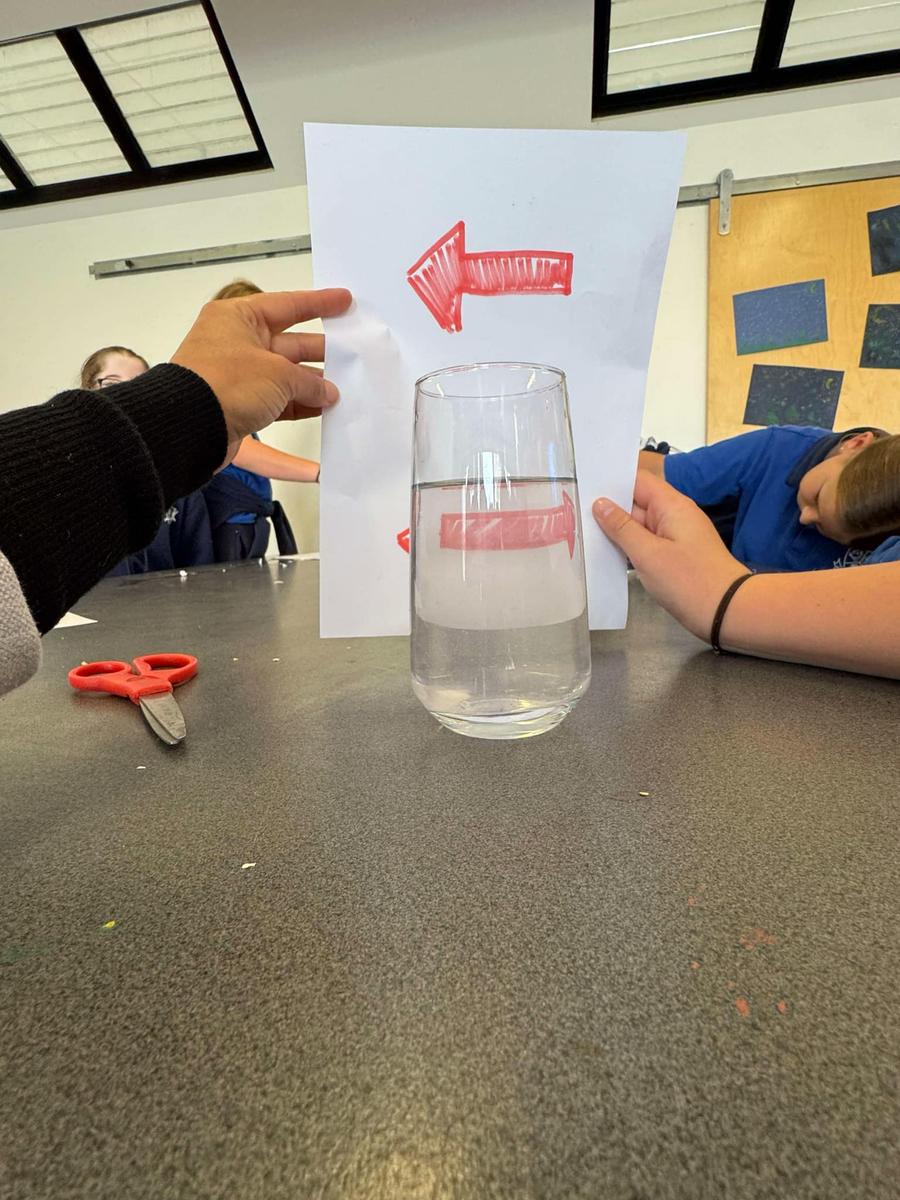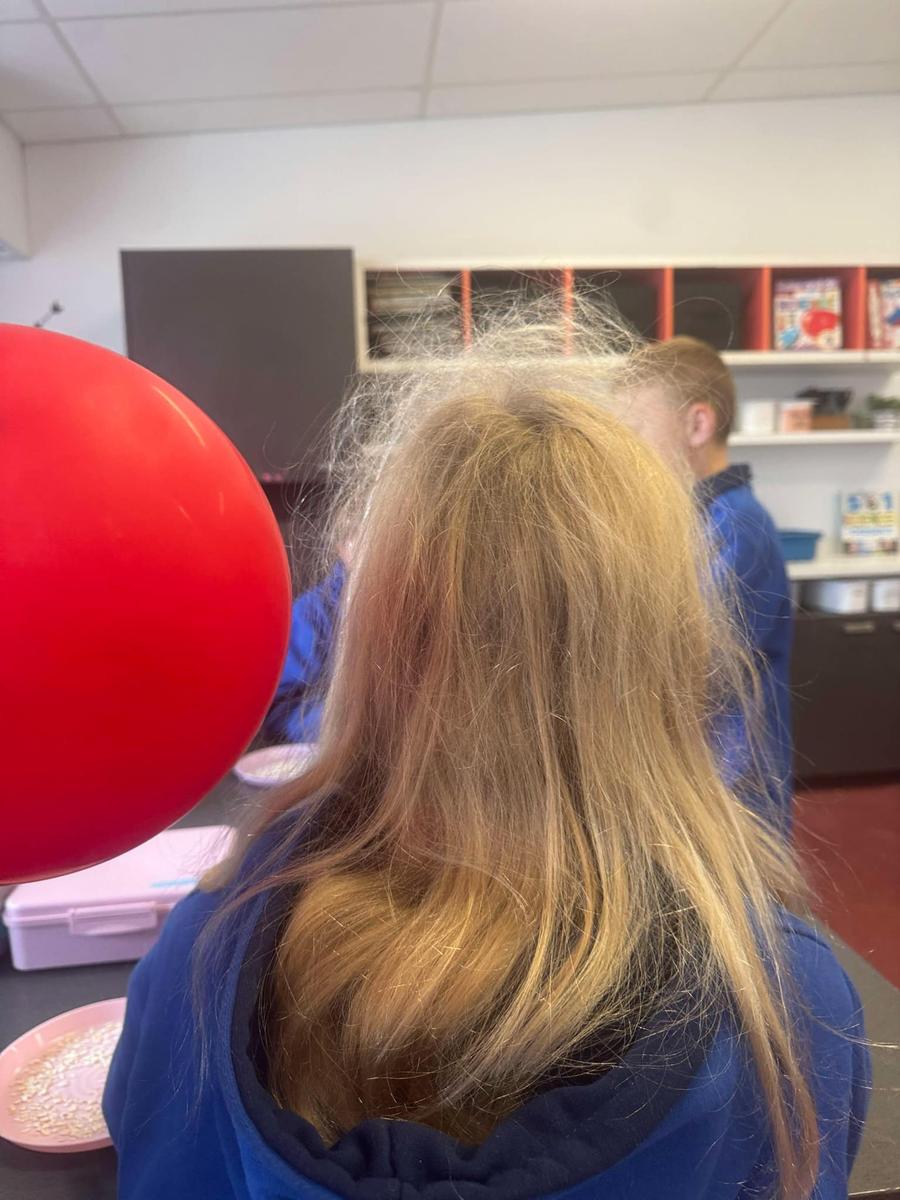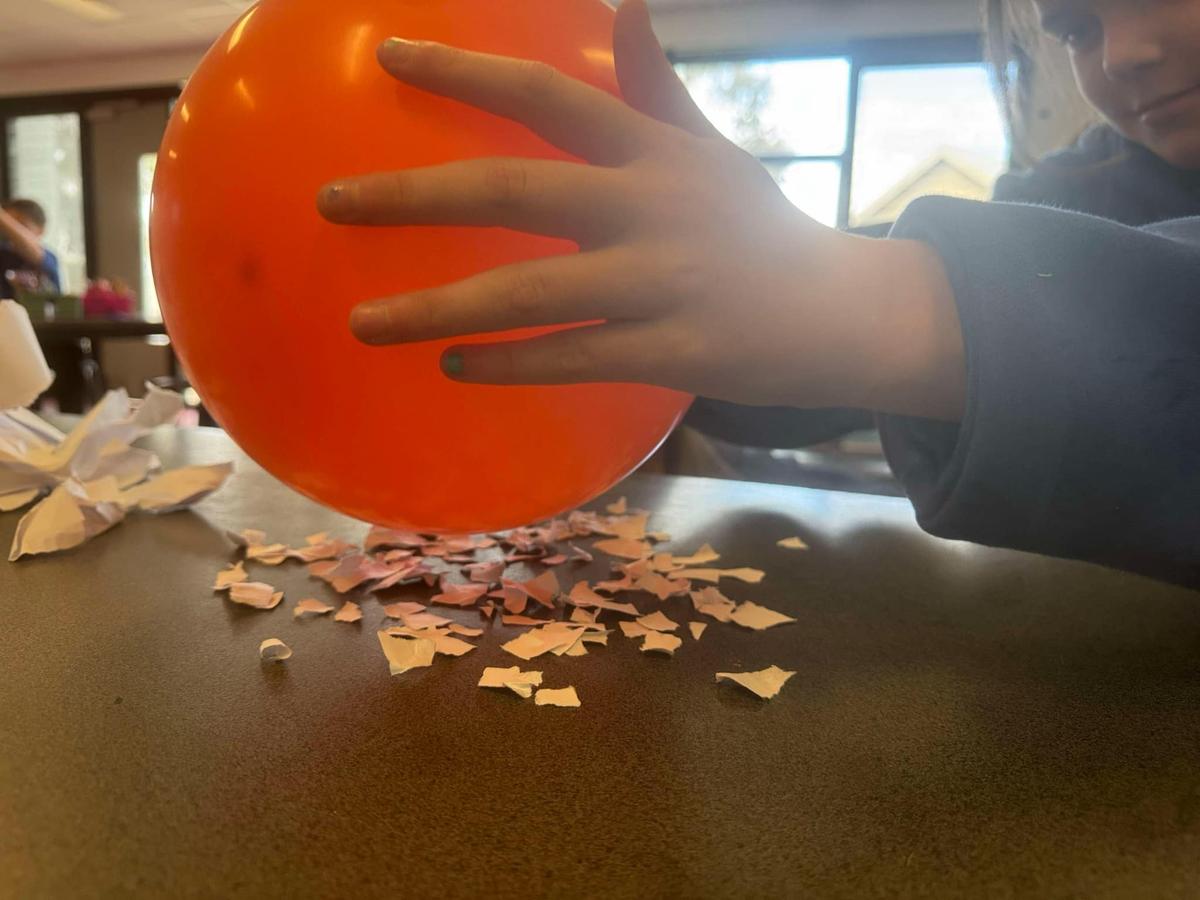Science
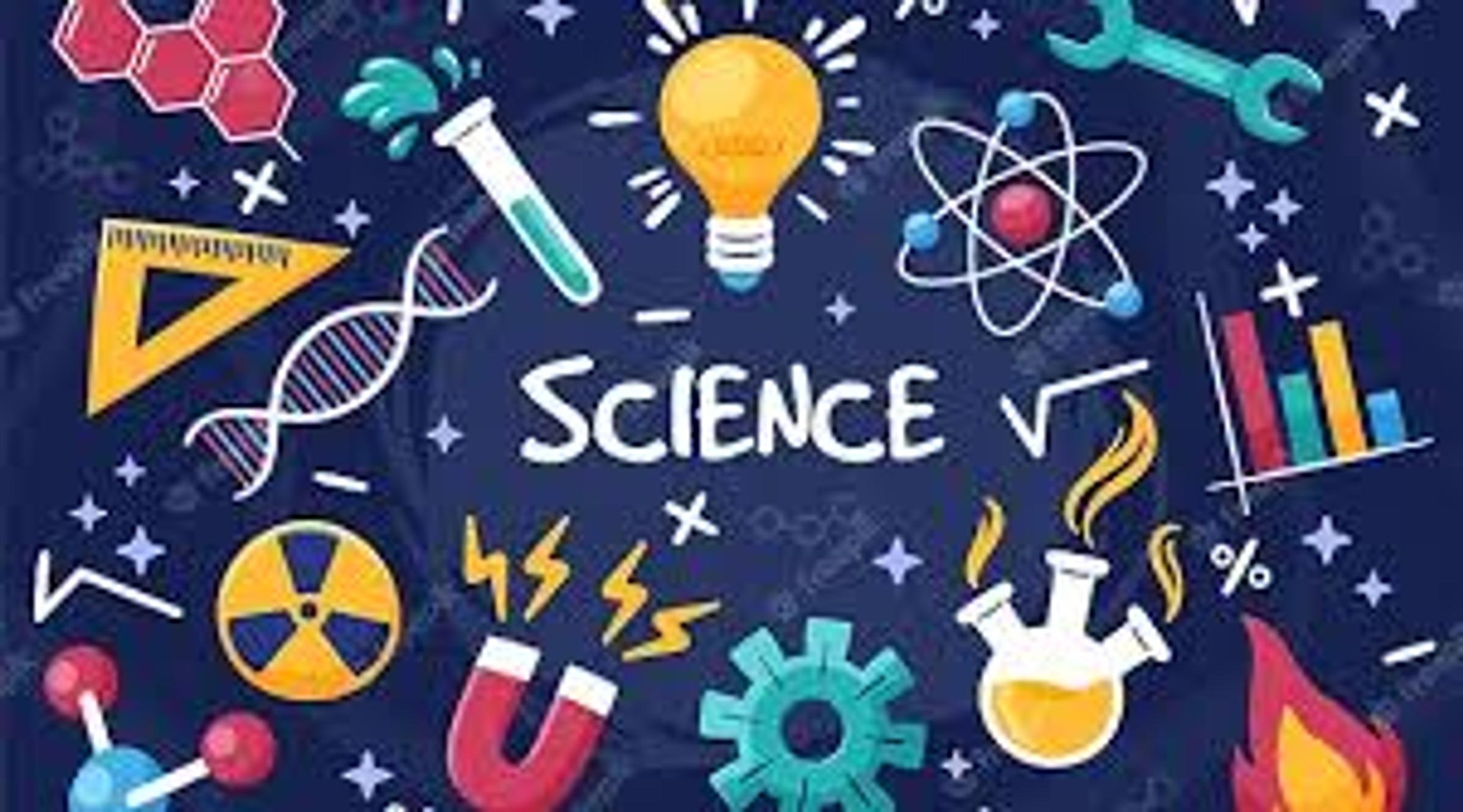
Parent Support Needed!
This term, we're diving into Physical Science as part of our curriculum focus. Next semester, we’ll be exploring STEM, and we need your help to prepare!
Please start collecting small items such as cereal boxes, toothpaste boxes, bottle lids, and similar materials. A great tip is to keep a supermarket bag handy and add to it over time. Once your bag is full, students can bring it to the Science Room on a Monday or Tuesday.
We have all of Term 2 to gather as many materials as we can—your support is greatly appreciated!
Finally, if any parents or community members have expertise or resources related to Physical Science—whether it’s a mechanical device, an electric circuit, or a passion to share—I’d love to hear from you! Please get in touch if you’d like to contribute to our Science Program.
Grade Prep-1/2
Students have been exploring different kinds of forces through interactive visuals and fun activities. They've also been learning about the five senses—sight, hearing, smell, taste, and touch. To put their knowledge into practice, they used their senses to explore the schoolyard.
Grade 3/4
Students have been investigating how forces can be exerted by one object on another and exploring the effects of friction on the motion of objects. One highlight was rubbing a balloon on their hair to create static electricity. They learned that this happens because of the transfer of electrons: the balloon becomes negatively charged while the hair becomes positively charged, creating an attraction between the two. The same principle was tested using oatmeal and paper with the balloon.
They’ve also been learning how heat can be produced in different ways—such as friction and burning—and exploring energy transformation in the context of heat production.
Grade 5/6
Students have been examining how forces act between objects and studying how friction affects movement. They've also explored the behaviour of light, learning that it travels in straight lines and can be absorbed, reflected, or refracted. Using real-world examples, they investigated how light behaves in everyday situations.
